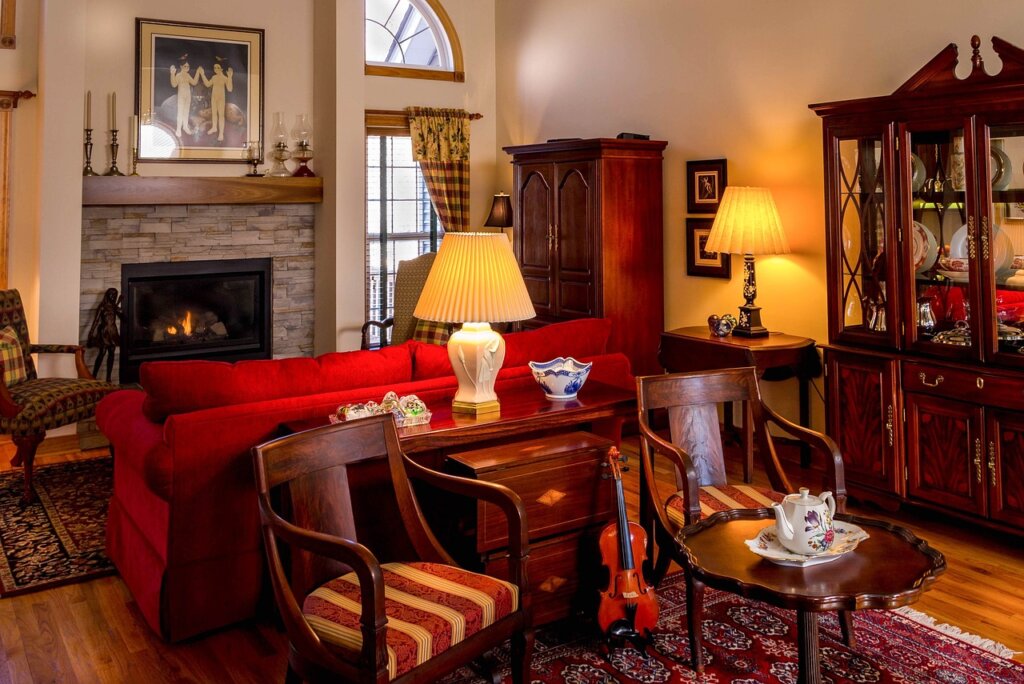Contents
Introduction
A cozy fireplace is a dream for many homeowners, providing a warm, inviting focal point within a living space. Beyond the romantic appeal and aesthetic, fireplaces also provide practical advantages such as an alternative heat source during winter months and increased home value. However, selecting, installing, or renovating a fireplace should not be undertaken lightly – it requires careful planning and consideration. That’s why we’ve enlisted advice from industry experts to guide you through every step of the process.
Choosing the Right Fireplace for Your Home
Selecting the right fireplace starts with considering your home’s layout and your personal needs. Ask some key questions before making a decision. Is the fireplace primarily for heating or decorative purposes? Are there young children in the house that could get hurt by an open flame? Is the current structure of your home capable of safely housing the fireplace type you prefer?
There are different types of fireplaces to choose from: traditional wood-burning, gas, electric, and bioethanol. Each has its benefits and requirements. Wood-burning fireplaces, while charmingly traditional, require a good deal of maintenance and an existing chimney. Gas and electric fireplaces offer ease of use and comparably less maintenance, and bioethanol options are eco-friendly choices that don’t require a chimney.
Installing a Fireplace: Safety First
Once you’ve selected your preferred fireplace type, the installation process begins. Professional installation is highly recommended, especially for wood-burning and gas fireplaces. Experts can ensure that your fireplace is installed in the safest possible manner and complies with local building codes.
A vital part of fireplace installation is the creation of appropriate ventilation paths, or ‘flues,’ to channel harmful gases safely away from your home’s interior. This critical safety element may involve either tapping into your existing chimney or creating new ventilation channels, depending on the type of fireplace chosen.
Renovating Existing Fireplaces
When it comes to renovating an existing fireplace, safety should remain paramount. Ensure that the structural integrity of the fireplace and surrounding area is uncompromised – this includes examining the hearth, firebox, flue, and chimney.
One of the most common reasons for renovating a fireplace is to improve its efficiency. This may involve installing a new firebox lining or a fireplace insert to improve heat retention and decrease fuel consumption. Alternatively, you may wish to transition your current fireplace from wood-burning to another type, requiring the installation of new gas lines or electrical wiring.
Fireplace Design Tips
Your fireplace can be a centerpiece of your home and contributes significantly to the overall aesthetic of your living space. Hence, considerable thought should be given to its design. The mantel, fire screen, and surrounding materials should all echo the style and color theme of your room, creating a seamless blend.
Consider incorporating timeless materials like stone and brick, or modern options such as concrete or steel. The fireplace surround can be as subtle or as ornate as you desire, but consider how the design will age with changing fashion trends.
Conclusion
A fireplace imparts warmth, both literal and metaphorical, making your home a haven for family and friends. However, the path to fireplace ownership – whether through installation or renovation – requires careful thought and expert advice.
The entire process, from choosing the right type to ensuring safe installation, then incorporating the perfect design elements, requires foresight, planning, and professional guidance. With all these expert-recommended steps, you’re well on your way to enjoying the crackling warmth and captivating glow of your fireplace, adding both warmth and increased value to your home.
